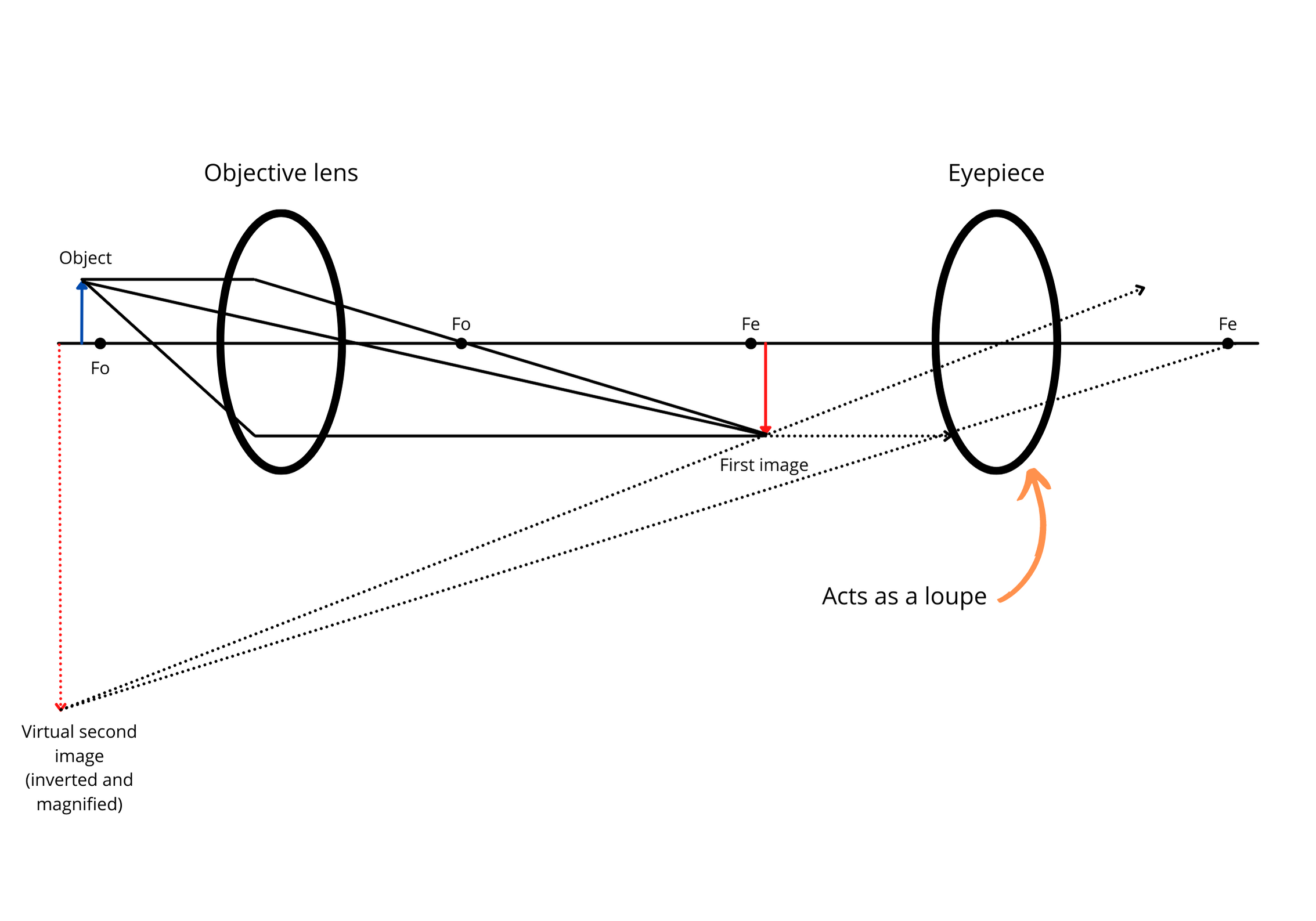FRCOphth Part 1 Basics - FRCOphth Part 1 Revision Guide
08 Feb 2022
In this post:
- Introduction to the FRCOphth Part 1 Revision Guide
- The nature of Part 1
- Curriculum
- Pass rates
- The value of the exam
Welcome to our FRCOphth Part 1 Revision Guide! Passing the Royal College of Ophthalmologists Fellowship examinations is a daunting task for anyone. At the time of writing there are four separate examinations to overcome, and the volume of knowledge and clinical skills required can seem bewildering. In fact, some consider Part 1 to be the most difficult component of FRCOphth and although there are rumours of changes to the exams in the pipeline, the reality is that for aspiring ophthalmologists there will always be a mountain to climb for those coveted post-nominals.
The good news is that this task is eminently achievable!
In this four-part series of blog posts I’d like to outline a structured approach to preparing for Part 1 based on my own experience, as well as advice from my colleagues and fellow ophthalmologists. As with so many intimidating hurdles in life and medicine, there is no great mystery to passing these exams. A combination of hard work and a considered strategy can put anyone in a position to succeed.
The nature of Part 1
Each component of FRCOphth challenges a different component of the ophthalmologist’s skill set. Part 1 currently takes the form of two MCQ (multiple-choice question) papers of 90 questions each (with two hours given to complete each paper). As you might expect of the first exam in the process, Part 1 assesses big fundamental topics which provide the foundations of your knowledge base as an ophthalmologist. These are listed on the RCOphth website in the Part 1 info pack: https://www.rcophth.ac.uk/wp-content/uploads/2022/01/2022-Part-1-FRCOphth-Information-Pack-1.pdf
The challenge is that although these are big topics (Anatomy, Pathology, Optics etc.), the level of detail required can feel overwhelming and often not particularly useful for clinical practice. A common refrain from those who have come out the other end of this exam is that they “learned lots of useless information I’ll never need again”.
(Our FRCOphth Part 1 Study Notes are designed to hone in on the most useful information for this exam so that your studying can be as efficient as possible and the Part 1 curriculum can be less overwhelming).
Pass rates and the value of Part 1
This can be disheartening especially for an exam which is notoriously difficult (the last sitting with available data had a pass rate of 41.9%, which is actually higher than some in recent years).
But although the content may feel obscure at first, I would reassure prospective candidates that as you progress in your specialty training and encounter the latter stages of the FRCOphth process (fortunately with higher pass rates!), the relevance of the knowledge base you developed for Part 1 will emerge. Of course, like all exams, it can be a chore. But it is also an excellent learning experience which will stand you in good stead and make you a better ophthalmologist. So embrace the ray diagrams and histopathology stains! Their usefulness may reveal itself in future. And sometimes there is no better way to obtain knowledge than simply putting in the study hours.
The flip side of this coin is that Part 1 is not an overly clinical exam. Of course, some questions may well be posed as clinical scenarios and a degree of clinical correlation is inevitable. But in my experience, this is an exam about the fundamental sciences underpinning ophthalmology rather than an assessment of your clinical decision-making (which is addressed in Part 2).
***
In the next instalment of our FRCOphth Part 1 Revision Guide we'll discuss timing your preparation and how to prepare efficiently when time is short! See you next time.
The second instalment is now out! Check it out here:https://www.eye-notes.com/blog/how-long-to-study-for-frcophth-part-1
